Industry news
How to Solve Water Pollution: A Comprehensive Guide
Writer: admin Time:2024-10-12 14:29:03 Browse:951℃
One of the main problems influencing the health of our planet and its people is water pollution. It happens when dangerous drugs, including chemicals, trash products, or bacteria, poll water supplies therefore making them unfit for use, leisure, or other purposes. Solving water pollution is absolutely vital since it directly affects ecosystems, human health, and the general condition of our planet. This comprehensive guide seeks to give a complete awareness of water pollution together with a summary of workable remedies for this urgent issue.

Understanding Water Pollution
Types of Water Pollution
Water pollution can be categorized into several types, each with distinct sources and effects:
Chemical Pollution: This includes the presence of toxic substances such as pesticides, industrial chemicals, and heavy metals. These pollutants can bioaccumulate in the food chain, posing significant health risks.
Biological Pollution: This involves the contamination of water by pathogens like bacteria, viruses, and parasites. Sources include sewage, agricultural runoff, and wildlife. Biological pollutants can cause waterborne diseases.
Physical Pollution: This type refers to the presence of physical debris and sediments in water bodies. Urban runoff, soil erosion, and improper waste disposal are common sources. Physical pollutants can alter habitats and affect aquatic life.
Sources of Water Pollution
Water pollution can originate from various sources, including:
Industrial Sources: Factories and manufacturing plants often discharge waste products into water bodies without proper treatment.
Agricultural Sources: Excessive use of fertilizers and pesticides leads to runoff that contaminates rivers and lakes.
Residential Sources: Household chemicals, improperly disposed of waste, and leaking septic tanks can all contribute to water pollution.
Effects of Water Pollution on Ecosystems and Human Populations
Ecosystem Damage: Pollutants can disrupt aquatic ecosystems, leading to the loss of biodiversity and habitat destruction.
Health Risks: Contaminated water can cause a range of illnesses in humans, from gastrointestinal issues to more severe diseases like cholera and hepatitis.
Economic Impact: Water pollution can harm industries reliant on clean water, such as fishing and tourism, leading to economic losses.
Solutions to Water Pollution
Wastewater Treatment
Reducing water pollution at the source—that is, treating water before it gets into the waterway system—may be the most successful approach!
Through biological, physical, and chemical means, wastewater treatment plants has the techniques and technologies to eliminate most pollutants. Wastewater treatment, for instance, lets water pass through several disinfection chambers thereby lowering the toxicity levels of water contaminants and stopping leakage into the water system.
Regular maintenance of the equipment is necessary to guarantee appropriate functioning of wastewater treatment. This covers uses including water treatment sensors, which are essential for sensing and eliminating pollutants thereby lowering water contamination.
Yosemitech Sensors for Wastewater Treatment
Proper Disposal of Hazardous Waste
Ensure that household hazardous waste, such as batteries, medications, and cleaning products, is disposed of properly to prevent contamination of water sources.
Use Environmentally-Friendly Cleaning Products
Switch to eco-friendly cleaning products to reduce the amount of toxic chemicals entering water systems. These products are safer for the environment and often reduce packaging waste.
Properly Maintain Septic Systems
Regularly maintain septic systems to prevent leaks and ensure that wastewater is properly treated before it enters the groundwater.
Conserve and Protect Local Water Sources
Protect local water sources like rivers, lakes, and watersheds by reducing pollution and ensuring proper management of these areas.
Educate and Raise Awareness
Educate communities about the importance of water conservation and the impact of pollution. This can lead to better practices and a collective effort to protect water resources.
Regulate Industrial Discharges
Implement strict regulations on industrial discharges to prevent harmful chemicals and pollutants from entering water bodies. This includes monitoring and treating industrial wastewater before it is released.
Promote Sustainable Agriculture
Adopt sustainable agricultural practices that minimize the use of chemicals and promote soil health to reduce water pollution from agricultural runoff.
Innovative Water Treatment Technologies
Utilize advanced technologies such as nanotechnology and advanced filtration systems to effectively remove pollutants from water. These technologies can provide more efficient and effective water treatment solutions.
How to Test and Measure Water Pollution?
Effectively combating water pollution requires accurate testing and measurement methods to identify and monitor contaminants:
Chemical Analysis: Techniques such as chromatography and spectroscopy can detect specific chemical pollutants in water samples.
Biological Indicators: Certain organisms are sensitive to pollution and can serve as indicators of water quality. For example, the presence of certain bacteria can signal sewage contamination.
Physical Parameters: Measuring physical parameters like turbidity (cloudiness) and temperature can provide insights into water pollution levels.
There are 7 ways we can test water quality and reduce water pollution:
pH testing
Conductivity, salinity and TDS monitoring
Measurement of water temperature
Dissolved oxygen measurement
Assessing turbidity and TSS
Chlorophyll fluorescence analysis
CDOM/FDOM monitoring
Conclusion
A complicated problem, water contamination calls for coordinated efforts among governments, businesses, communities, and individuals. Understanding the kinds, causes, and consequences of water pollution will help us to put sensible solutions into use to preserve our water supplies. Success of these policies depends on regular testing and monitoring. Working together, we can help to create a day where everyone has access to clean water, therefore supporting vibrant ecosystems and societies.
CATEGORIES
CONTACT US
Yosemitech Technologies Co., Ltd
 +86 19984844080
+86 19984844080
 sales@yosemitech.com
sales@yosemitech.com
 Bldg,25,CECEP Industrial Park, No. 18 Dongchang Rd. Suzhou Industrial Park, Jiangsu Province,China 215126, China
Bldg,25,CECEP Industrial Park, No. 18 Dongchang Rd. Suzhou Industrial Park, Jiangsu Province,China 215126, China







